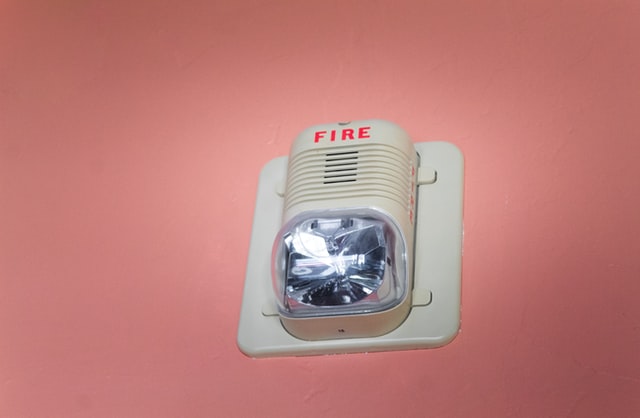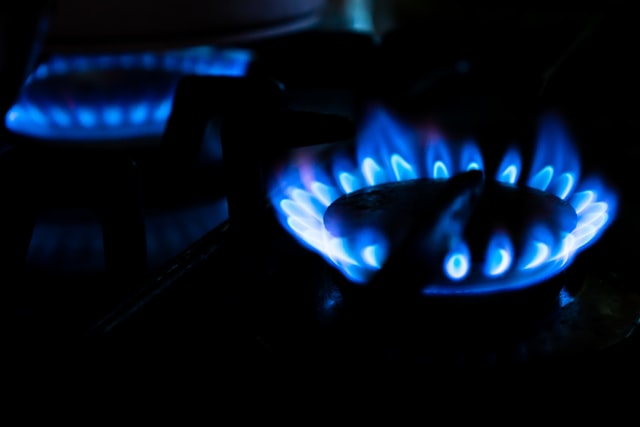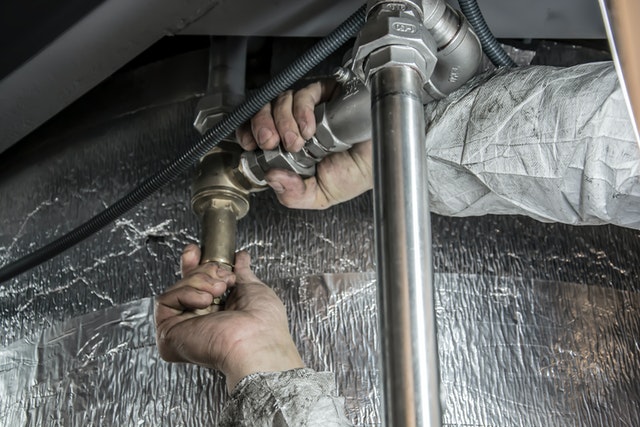If you’re in the commercial food service industry, one of the risks you could face is grease fires which can cause a lot of liability and property damage.
Without a preventive measure in place, you can expose yourself and your business to potential injuries borne from a grease fire occurring in your commercial kitchen. Though insurance can cover grease fire repairs, you’ll still be facing financial loss.
As a business owner, you want to protect your employees from any injuries happening in your place or business. You also want to avoid financial losses, considering the time and energy you’ve put into your business. This makes it more vital to make a great effort to prevent a situation that would lead to grease fires.
Ways to Prevent Grease Fires
If you own a food service business, there are good practices to follow so that the possibility of grease fires is greatly reduced. If it happens, so long as you’ve put extra precautions in place, the damages will be minimal. Some of these preventive steps are:
- Regularly cleaning your cooktops
- Ensure that spills are cleaned up right away
- To prevent a grease buildup, make sure to clean out the area where it’s more likely to linger, especially in the hidden areas such as the grease trap
- Check if your cooking appliances are well-maintained and up to code
- Make sure that your suppression and fire safety systems are UL compliant
- Schedule an inspection of your fire suppression and sprinklers systems
- Conduct a staff training on grease fire prevention

The Reason That Grease Traps Can Be a Fire Risk
It may be surprising to some to hear that grease traps can be a fire risk when it chiefly contains water. Still, if your grease trap isn’t well-maintained or clogged, it results in backup where the grease gets pushed out.
This can lead to the release of gases that can be highly toxic and flammable. By regularly cleaning your grease trap and ensuring it’s in great working condition, fire and health risks are reduced.
How Frequently do Grease Fires Occur?
The National Fire Protection Association states that more than 7,000 food service businesses catch fire every year. One of the highest percentages, around 61%, is due to cooking equipment. 74% of bar and restaurant fire injuries are caused in relation to the cooking equipment, with approximately 28% resulting in deep fryer fires.
What’s Fire Suppression System is Recommended for Grease Fires?
The UL 300 benchmark for restaurant cooking areas is still the standard. Previously, the tests conducted were not a realistic representation of the actual state of kitchen conditions. It was changed, and they:
- Utilized more modern appliances
- Used oils that had auto-ignition temperatures, closely resembling vegetable oil
- Ran lengthier pre-burn times
- The appliance fuel sources were also kept while the tests ran

The objective is to mimic the conditions of an actual kitchen that’s at risk of a grease fire.
Grease traps ensure that your commercial food place smells good so customers wouldn’t hesitate to visit your establishment again. However, grease traps can also be bothersome since you need to routinely clean them.
Once you have proper grease trap maintenance, your restaurant becomes safer and more efficient. Knowing an excellent commercial plumber guarantees that your restaurant does not emit a bad odor from backups when fats, oils, and grease aren’t properly caught. What’s more, it’ll help prevent the risk of fires.
Grease Trap Locations
Typically, commercial grease traps are found on the exterior of your establishment. They look like a manhole or septic tank cover. Check the ground close to the walls of your kitchen’s dishwashing area. For commercial kitchens with a basement, a grease trap can be found there.
Cleaning Your Grease Trap
If you want to clean a grease trap on your own, check the size, location, and type of your grease trap. Arrange to maintain your grease trap every week so your business will constantly be safe and your kitchen operations remain efficient.
The first thing you have to do is wait until closing time and see to it that all the items in your establishment have been cleaned.

Here are the steps to take to clean up your grease trap:
- Take away the grease trap lid. Removing it should be done carefully to avoid damaging any of the lid’s gaskets.
- Prepare a ruler to measure the inches of grease in your grease trap. You need to write and record it in a FOG report given by the EPA.
- Get rid of the water found in your grease trap. You can use a bucket or small pump to achieve this. Keep this water since it will be used later on.
- Begin to scoop out the grease inside the trap. Buckets, shovels, or solid scoopers can be used.
- Scrape the excess grease on the bottom, sides, and lid to prevent quick buildup.
- Scrub those same parts of the trap so you can flush out the screens.
- Pour the water you set aside earlier back into your grease trap.
- Reinstall any removed parts properly and replace the lid.
Replacing Your Grease Trap
A good way to be aware of whether your grease trap needs to be replaced is when you receive an inspection request from your local municipality since grease leaking is detected into the local water system. However, it’s best to do proper grease trap maintenance before this occurs.
If you notice constant backups of grease being filtered out of the water, you must replace it. Other signs would be greater difficulty in cleaning it up, resulting in bad kitchen smells.
Bottom Line
With these tips, you’ll be better suited to prevent grease fires from occurring. That said, grease trap maintenance and replacement are best done by a specialist. Contact GreaseCycle for outstanding commercial kitchen grease trap cleaning and maintenance services.




